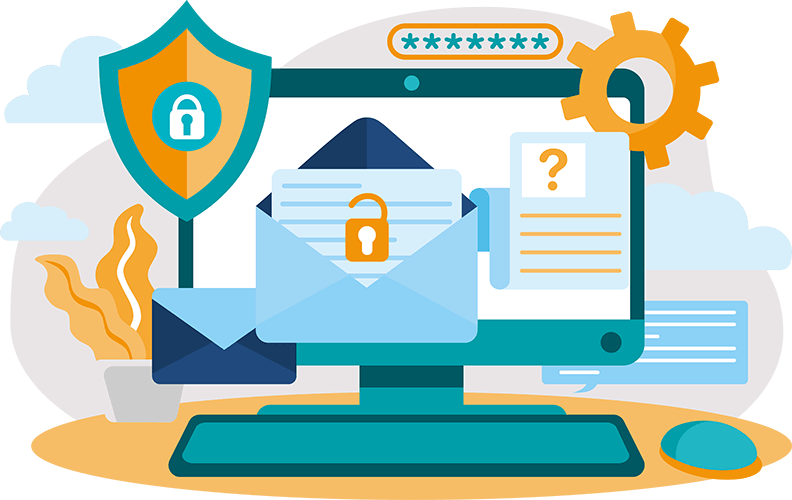Technological advancements are both a boon and a bane in today’s world, and the importance of a robust IT security framework cannot be overstated.
As IT Managers, you’re already well-versed in the basics of IT security. However, the evolving nature of cyber threats demands that we continuously adapt and reinforce our security measures.
This guide aims to walk you through advanced strategies to build a resilient IT security framework that protects your organisation’s digital assets while simplifying the complex world of IT security.

1. Understand the Current IT Security Landscape
Before diving into the construction of a security framework, it’s important to have a comprehensive understanding of the current cyber security landscape.
Cyber threats are not static; they evolve rapidly, becoming more sophisticated over time.
From ransomware attacks to phishing scams, it’s important to stay informed about the types of threats that are most prevalent and their potential impact on your organisation.
2. Assess Your Current Security Posture
An honest assessment of your current security measures is the first step towards fortification.
This includes not only the technical aspects, such as firewalls and antivirus software, but also policies, procedures, and training.
Identifying gaps in your current framework allows you to prioritise areas for improvement and development.
3. Adopt a Layered Security Approach
A robust IT security framework is not a single solution but a series of layers that work together to protect your organisation’s digital assets.
This approach, often referred to as “defence in depth,” ensures that if one layer fails, others are in place to thwart a security breach.
Key layers include physical security, network security, application security, endpoint security, and data security.
4. Implement Strong Access Control Measures
Access control is a critical component of IT security.
Ensuring that only authorised personnel have access to sensitive information can significantly reduce the risk of data breaches.
This involves not just strong password policies but also the implementation of multi-factor authentication (MFA), least privilege access, and regular audits of access rights.
5. Regularly Update and Patch Systems
One of the most straightforward yet overlooked aspects of IT security is the regular updating and patching of software and systems.
Cybercriminals often exploit vulnerabilities in outdated software to gain unauthorised access to systems.
Ensuring that all software is up to date is a simple but effective step towards securing your IT infrastructure.
6. Educate and Train Your Team
Human error is often cited as the weakest link in IT security.
Regular training and education sessions for your team can significantly reduce the risk of breaches. These sessions should not only cover the basics of IT security but also the latest trends in cyber threats and the importance of vigilance.
7. Develop a Comprehensive Incident Response Plan
Even with the most robust security framework, breaches can still occur.
A comprehensive incident response plan ensures that your organisation is prepared to respond effectively to security incidents.
This plan should outline the steps to be taken in the event of a breach, including communication strategies and measures to mitigate damage.
8. Continuously Monitor and Review Your Security Framework
Building a robust IT security framework is not a one-time project but an ongoing process.
Continuous monitoring of your IT infrastructure is essential to identify and respond to threats promptly.
Regular reviews of your security framework ensure that it remains effective against evolving cyber threats.

In your role as IT managers, you play an important role in safeguarding your organisation’s digital assets.
Building and maintaining a robust IT security framework is challenging, but by understanding the evolving landscape, adopting a layered approach, and fostering a culture of security awareness, you can protect your organisation from the many cyber threats it faces.
Remember, in the complex world of IT, Jinba IT is here to simplify your journey, ensuring that your IT security framework is not just robust but also straightforward and efficient.
By staying proactive and informed, you’re not just protecting your organisation; you’re also fostering a culture of security that permeates every aspect of your business.
